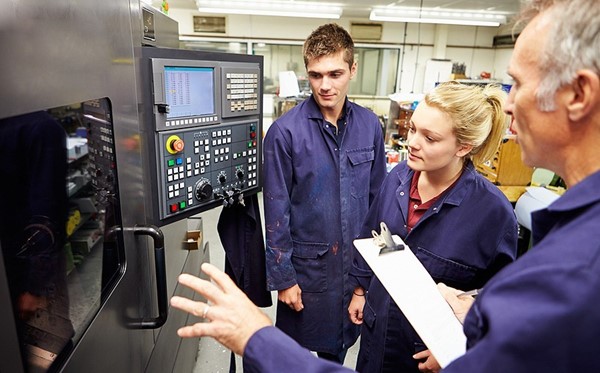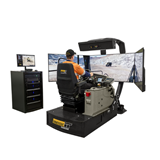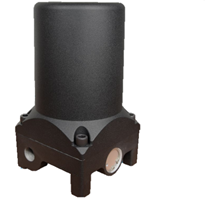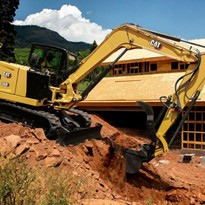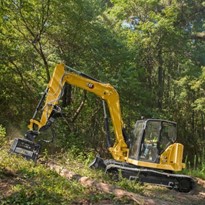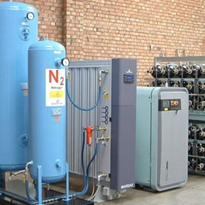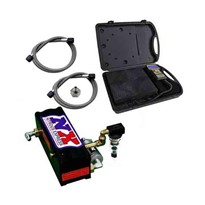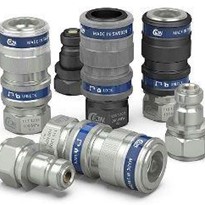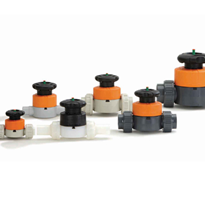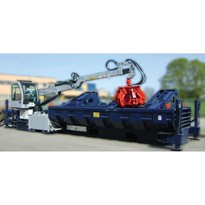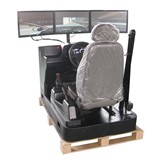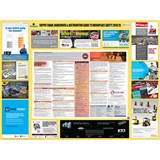In the most extreme cases, companies are forced to retrain the whole workforce, but usually satisfactory results can be accomplished by hiring younger people to fill the positions vacated by departing or retired workers.
Of course, those workers need to be trained in such a way that their innovative and inquisitive mind-set isn’t trampled by the force of habit. Considering the pace of technological progress in the manufacturing industry right now, this would be a tragic outcome as it would cause a skill gap that would cripple the company in a competitive sense. With that in mind, smart manufacturing organisations should keep the following factors in mind when designing a training program suitable for the new generation of workers.

A healthy mix of experience and innovation
Manufacturing sector is quickly progressing towards greater automation, rendering many of the traditional methods obsolete or too expensive. However, this doesn’t mean that the accumulated know-how should be just tossed out the window in hope that something better is just around the corner. In reality, old methods are more resilient than it might seem and an evolutionary process is typically a better alternative to a sudden and complete overhaul. This fact should be reflected in the training strategy for new workers – they should be encouraged to demonstrate their proficiency with high-tech tools, but only within a wider context of verified expertise relating to a particular manufacturing vertical. Veering too far towards innovation might bring the company far into uncharted waters, potentially exposing it to a costly period of experimentation and jeopardising current market positions.
Visual and multimedia teaching tools
As native users of digital technologies, people who are now in their twenties or early thirties are used to multimedia formats and might not react well to traditional ‘paper and pen’ teaching methods. Fortunately, creation of visual learning tools has never been easier, so companies can produce high-quality videos and interactive programs with their in-house resources in most cases. Educational techniques of this kind are generally more effective, so they are worth adopting regardless of the intent to hire Millennials. They are especially beneficial for explaining complex technological processes, but can expanded to include corporate culture and marketing strategy, among other things. Of course, video sessions can’t be a replacement for hands-on training for equipment use, which remains as crucial for the new generation as it has always been.
Targeting practical and marketable skills during training
It’s quite common for younger experts to be idealistic and devoted to interesting aspects of knowledge, but there is very little space for this kind of quixotic pursuits within the manufacturing sector. In order to bring tangible value to their new organisation, those employees need to narrow down their focus and acquire skills that can be readily applied on on-going projects. Manufacturing companies are under intense pressure from international competitors, so marketability must remain a priority during training of new employees. Ideally, employers would allow their employees to continue developing their theoretic knowledge while finding ways to leverage it in everyday work. This requires an open-minded management and a proactive HR department, which often acts as an intermediary between the two sides and must find a way to present company objectives in a format the employees can relate to.


